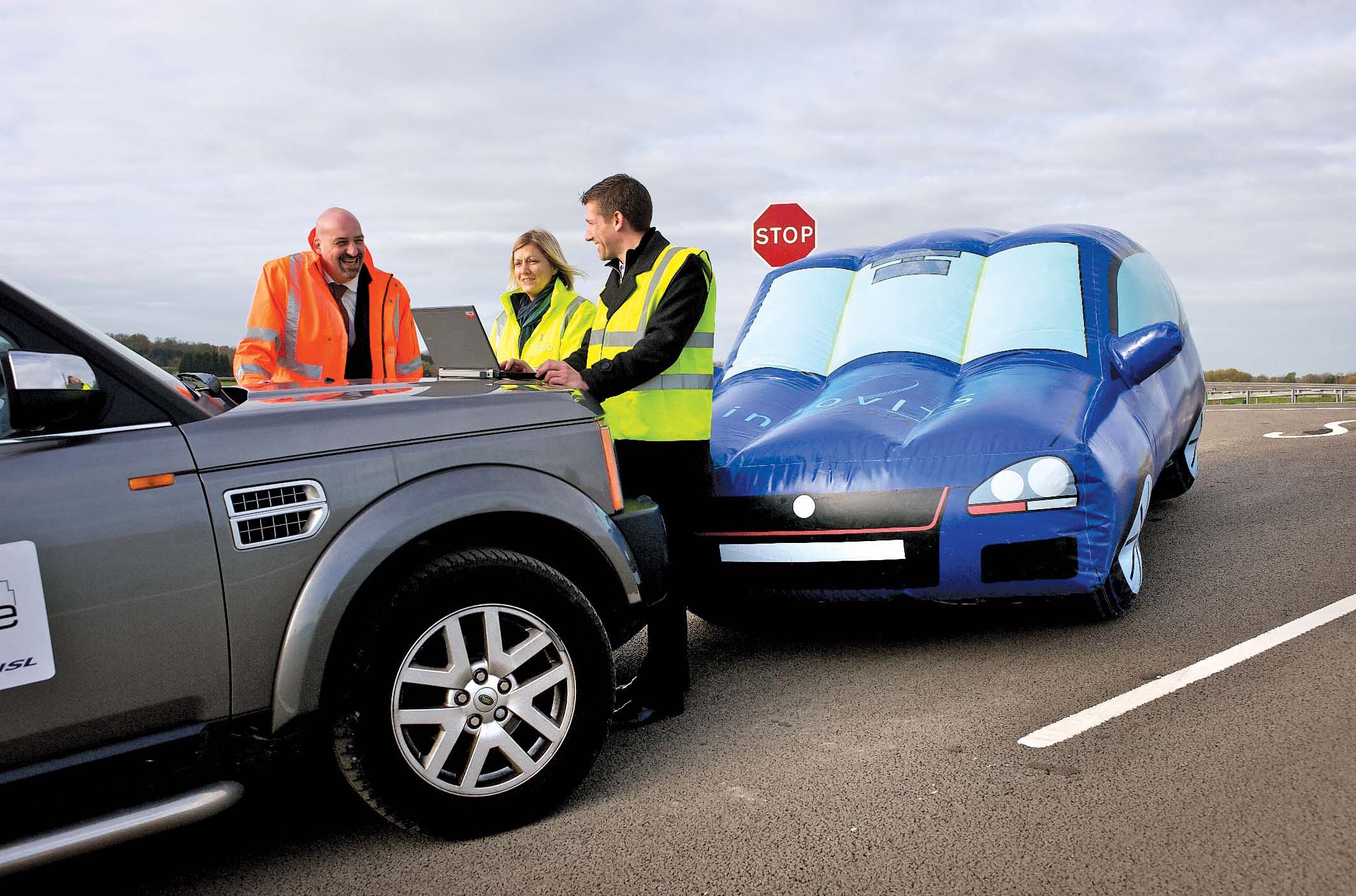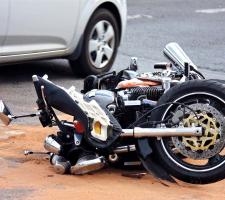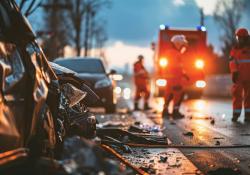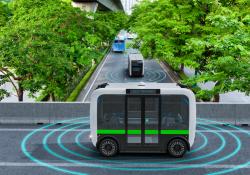
Preparations for the introduction of the Europe’s automatic road crash emergency alert system, eCall are well underway as David Crawford hears.
With the mandatory installation of eCall, the EU’s standardised automatic road crash emergency alert service, on all new passenger cars and pick-up trucks sold in Member States less than two years away, attention is now focusing on the critical infrastructural side of the operation. The EU-co-funded I_ HeERO (Infrastructure_
Following on from its HeERO and HeERO2 pre-deployment predecessors, which enjoyed €16m (US$17.76m) in EU funding, the new initiative runs from 1 January 2015 to 31 December 2017. It has €30.9 million (US$34.3 million) of financial support and is focusing on PSAP hardware and software standards.
The deadline for the PSAP networks to be in place is 1 October 2017, six months before the 1 April 2018 date for the entire system to go live – and this will include automatic triggering of an eCall alert by vehicles involved in an accident (for example, following the activation of airbags). On the in-vehicle side of the operation, a spokesperson for the
Type approval
The EC defined list of eCall type approval requirements includes:
• Resistance of systems to severe crashes (via sled test assessment)
• Full-scale impact test assessments
• Crash resistance of audio equipment
• Automatic triggering mechanisms
• In-vehicle system self-testing
• Privacy and data protection (at overview leve
On the communications side, she pointed out that the public eCall service, as defined today, uses “rather old technology based on 2G and 3G mobile networks. As long as the mobile network providers maintain these, however, ACEA sees no issue for the long- term future.”
One quirk has emerged in the aftermath of the UK’s referendum vote to leave the EU. The UK would still be a member by the April 2018 deadline and so is obliged to install the system. However, the UK Government has declined to progress the programme on the grounds that the safety benefits would not justify the approximate £370m (US$490m) cost of implementation.
A central issue for I_HeERO is data integration, given the EU’s decision to allow automakers to install their own alert systems as long as they ensure that eCall is co-embedded.
This ruling aims to make it possible for a vehicle owner to switch in case they prefer not to use the manufacturer’s version.
The project is currently working with the European Committee for Standardisation’s ITS technical committee (no 278) on practical steps to allow the transfer of data from a commercial third-party service emergency call provider to an eCall PSAP. This will be in accordance with European standard (EN)16102.
The issue of coexistence has also figured in a brief given by the EC to European transport consultancy, TRL, to draw up an initial set of technical requirements and test procedures for eCall operation. So far, trial processes have measured the mechanical resistance of electronic components developed for the purpose by M2M connectivity equipment manufacture, Stadium United Wireless.
TRL senior researcher Matthias Seidl told ITS International: “Currently we don’t see any indications that the base service will be dropped at some point in the future, or extended to make third-party service superfluous.” One reason for an ultimate single system being unlikely is the need for data protection, with 112 calls being guaranteed privacy.
There have been suggestions that automakers’ developments in connected vehicles could eventually supersede 112-based eCall.
But, said Rooke: “Technically, this may be the case but there is currently very little discussion on the issue in the connected vehicle world. eCall is the very first 112 operation that will accurately geo-locate the emergency. No current PSAP is able to geo-locate a 112 call with the same accuracy.”
Practical issues include the question of which PSAP takes a call and what data is transmitted (112-based services have a closely defined minimum data set). On the possibility of a multi-vehicle collision triggering several alerts, it is already established that PSAP command and control systems will have the capability to identify multiple calls from the same location or with the same subject line.
Other elements in TRL’s brief have included the ability of on-board equipment (including vital audio message transmission components) to continue operating even after a severe collision.
Next steps
Looking ahead, TRL is keen for eCall to become progressively more intelligent over time in order that, for example, it will be able to ensure the correct scale of emergency response. This could depend on knowing the number of occupants of a vehicle (a car can have one or up to seven); and personal details - for example, on their ages and, possibly, medical conditions.Passenger load is already included as an optional field in data transmitted by 112-based calls. Knowledge of people’s ages could also be of value in assessing the kinds of injuries that are likely to have resulted.
An older driver, for example is more likely to have pulled out of a side turning without allowing enough gap clearance. A younger driver’s car is more likely to have rolled over after an impact at speed, causing greater damage.
The availability of personal characteristics, combined with data from on-board sensors, can make emergency services much better informed. Said Seidl: “Society saves money because the sooner patients get the correct treatment, the less time they spend in intensive care, while their chances of survival increase.”
On the process of establishing personal details such as age, he continued, “one possible way is that, when a car is shared (for example within a family), the driver might be identified if each user has their own engine starting key fob; or by sensing seat adjustments. Identifying other occupants would be trickier; however, most owners have a limited set of individuals they take regularly in their cars, so that entering potential medical risk factors could be an option.”
While the current eCall mandate is restricted to cars and pick-up trucks, there are plans for progressively widening the coverage. One early intended expansion is to powered two-wheelers - which can simply fall over, without being involved in any kind of accident.
The issue, a highly complex one, was on the agenda for HeERO2, but the project ended without developing a sufficiently robust algorithm. As this issue of ITS International went to press, however, Ertico-ITS Europe was poised to make an announcement about a solution which will sift out instances of toppling.
Meanwhile, investigation of the potential for the interoperability of eCall across national borders, both inside and outside the EU, is well under way. The 2014 European ITS Congress in Helsinki staged a demonstration of genuine eCalls, triggered in Moscow and using Russia’s ERA GLONASS satellite positioning technology for accident site location, being successfully received and decoded in Finland.
Meanwhile, landlocked Austria, which shares frontiers with six other EU member states, as well as with non-EU Switzerland and Liechtenstein, is hosting the €8m (US$8.9m) eCall.at project, which runs until December 2017. Managed by government-owned ITS promotion agency
About the Author: David Crawford has spent 20 years writing about and researching ITS and is a Contributing Editor to ITS International.














